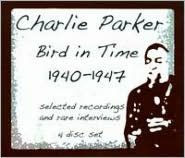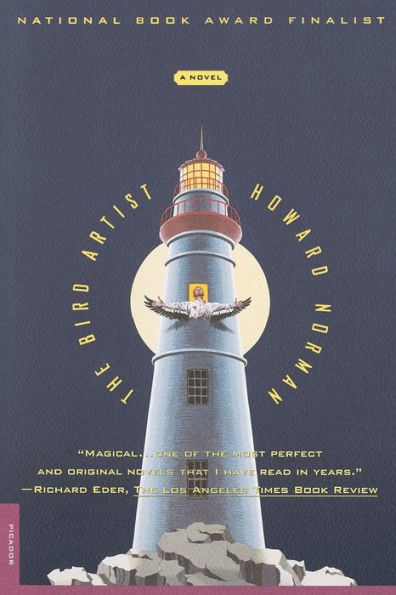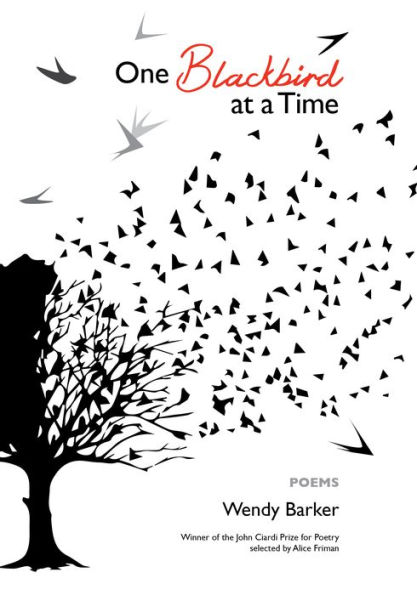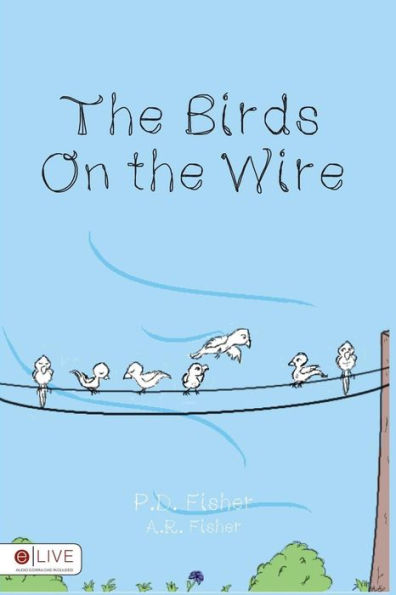Home
Bird in Time 1940-1947
Barnes and Noble
Bird in Time 1940-1947
Current price: $37.99


Barnes and Noble
Bird in Time 1940-1947
Current price: $37.99
Size: OS
Loading Inventory...
*Product information may vary - to confirm product availability, pricing, shipping and return information please contact Barnes and Noble
The history of
is well documented, so much so that most devotees of
's pioneering legacy undoubtedly have more than enough recordings to tell the tale. What they might not previously own is readily available in one package on this splendid four-CD set, containing a 100-track chronological musical and verbal account of
from 1940 to 1947. It encompasses items such as two whopping, finely detailed 32-page booklets, an early rare demo and interview with the saxophonist about his family and life as a teenager, and recordings with
,
, and
. The sound quality is good overall, though some of the early interview segments are paper thin, and a few of the songs have dropouts. Generally the studio or radio transcriptions are very good, and have held up through digital transfer. Interviews with
and
are particularly illuminating and clearly recorded. The interviews with
are just as interesting, but sound scratchy and not as clean.
Over this eight-year period,
became the singularly unique star of bop, and fell hard as a heroin addicted junkie, committed to the Camarillo rehabilitation center in California for six months in 1946. Prior to that, he was well on his way to stardom, and the 1940 sessions with
's band prove the point. These are the most valuable dates in that they showcase the alto and tenor saxophonist as a premier soloist and lead melody constructor. A well done cover of
the jumpin'
with
on tenor, and the self-proclaimed "louder and funnier"
give sway to the emergence of
, the latter piece featuring trombonist and violinist
. More
from radio broadcasts lay out further evidence, at times with
or
singing, but
expresses the emerging modern, tricky, multi-faceted approach. Tracks with guitarist
, trumpeter
, pianist
, and vocalist
suffer a bit from sound, but are all rare and precious sessions. Recordings with the
from 1945 represent a high-water mark, ranging from the raucous, hard swinging
evergreen
a plus take of
originals like the swing jam
and sly, bluesy
Several tracks with
and the
include classics like the furious
the inimitable
including vibist
. These recordings, and following tracks were taken from the legendary
revue programs, hosted by the irascible
. There's an admirable session with poll winners
all taking a featured tune.
But by the time
was signed to
records in 1946, you could clearly hear the deterioration in his playing. His second series of recordings for
with trumpeter
is, in the words of the booklet annotator, "falling apart," even though you hear a rare take of the fine
bop tune
(aka
), and the obscure
blues
Unfinished material and solos (
was also doing benzedrine), and the great material of classy crooner
, especially
follow the post-Camarillo tracks where
sounds disinterested, and
's well known
recordings with an inspired
gave
somewhat of a boost.
had gained considerable weight in the hospital,
was taking care of him, and it seemed that
's run might be done. Fortunately the
sessions marked a triumphant return, as
was paired again with
, clarinetist
, bassist
, and guitarist
. These
radio broadcasts from September 13 and 20 of 1947, proved
a capable team player, as well as a still impressive soloist. Included is the fiery
a wild intro before calming to
and a Dixieland jam plus bop styled take of
gone livid and crazy. After having won a poll of listeners, the band made a return appearance on November 8, with trumpeter
, and tenor saxophonist
replacing
.
is clearly feeling more confident, leading out on the fleet
as the others lag behind.
is an essential item for collectors of
's music, and though many of the recordings are available elsewhere, the salient interviews are not. As a complete package it further illustrates, musically and otherwise, what the saxophonist individually expressed and endured at a time when he was the main progenitor and flag waver of the bop revolution. ~ Michael G. Nastos


















